Loose-leaf tea is a versatile and potent partner in the kitchen, adding a diverse range of flavors and aromas to everything from holiday baking to main courses
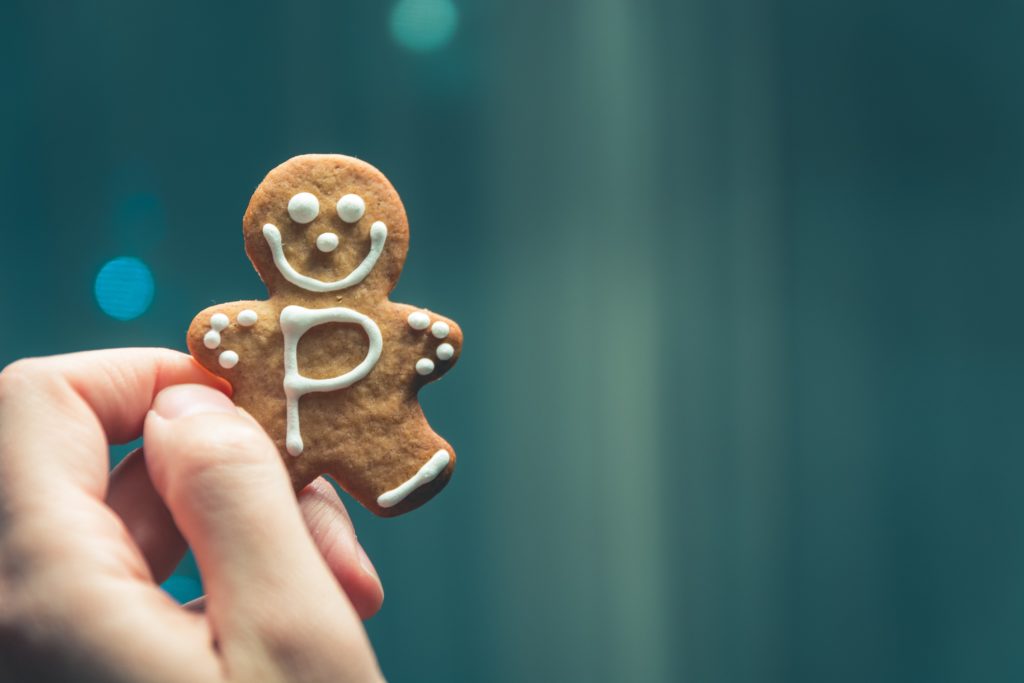
When people first discovered tea in China, more than 5,000 years ago, they didn’t pour hot water over leaves and steep beverages. Instead, they ate the tea leaves.
Things have changed dramatically over the millennia. But using tea leaves as cooking ingredients remains. What is a matcha sugar cookie, after all, but a sweet treat infused with green tea?
The holidays are especially well-suited for the flavors tea imparts to dishes.
Chai is Made for Holiday Baking
Few products capture the flavors of the season quite like chai, for example. With cinnamon, cloves, ginger and more, chai offers the season’s array of spices in one sip — or nibble. Given its bold flavor, chai is a spectacular cooking partner.
We infuse cookies with chai, and serve them in our shops — guests adore them.
Consider Lapsang Souchong, too, for a wide range of dishes across the year. Artisans infuse this famous tea, from China’s Wuyi region — the home of some of the world’s greatest teas — with smoke. For any dish that calls for smokiness, Lapsang Souchong is an excellent choice. One our favorites involves curing salmon in Lapsang Souchong, a technique that conveys the smoky flavor without having to fire up the grill. Smoked salmon, in other words, without the fire.
Early Grey a famous culinary partner
Bakers routinely tap Earl Grey tea for biscuits and cakes. The tea contains bergamot, an orange-like fruit Mediterranean fruit that is mostly farmed in Italy. The bold citrus flavor punches up pastries, but it complements dishes that normally pair well with orange flavors. Duck with an Earl Grey sauce, for example, is exceptional.

Herbal teas open up a world of flavor to home cooks. Peppermint, chamomile, lemon verbena, licorice root, rose — these and many more add interesting flavors to a wide range of dishes. Desserts options are myriad, including chocolate cake made with peppermint tea.
Tea even improves stir fries. The Japanese tea genmaicha, which involves both corn and puffed rice along with green tea, adds loads of interest to dishes. The heat toasts the leaves, and it roasts the corn and rice, adding new dimensions to the ingredients.
Matcha enlivens sweet and savory
And finally, there’s matcha. The powdered green tea, a Japanese staple, offers strong bunches of pleasing bitterness, as well as a bit of sweet, to many dishes. But matcha is widely used as a coloring as well. Depending upon how deeply cooks concentrate the matcha in their dishes, colors can range from faint green to something almost like fluorescent lime.
The holidays are a great time to experiment with cooking with tea. But it’s not limited to the patch of weeks between Thanksgiving and New Year’s Day. Consider adding tea to your culinary repertoire throughout the year.
Cooking With Tea Recipes
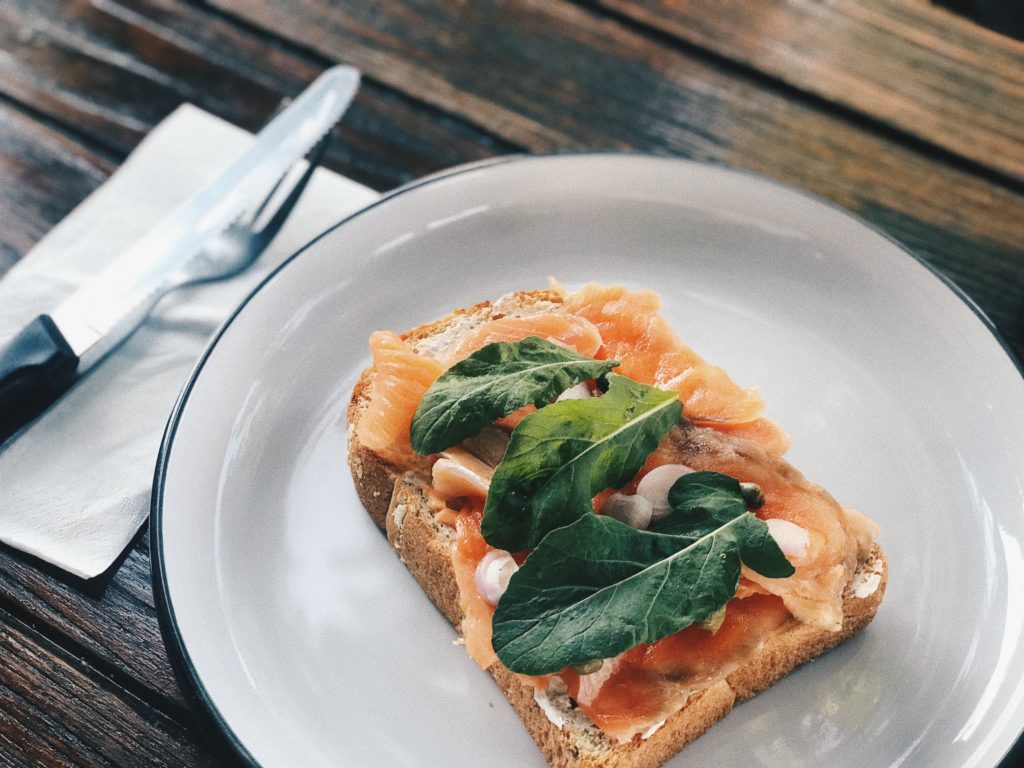
Lapsang Souchong Cured Salmon
- For the Salmon
- 1 1/2 pounds salmon fillet
- 1/2 cup Lapsang Souchong loose-leaf tea, crushed into powder
- 1/2 cup kosher salt
- 1/3 cup turbinado sugar
- 1/2 teaspoon coarsely ground black pepper
- 1/2 teaspoon Chinese five-spice powder
Remove pinbones from salmon. Rinse and pat dry.
Mix tea, sugar and spices in a small bowl
Line a large non-reactive dish with plastic wrap. Cover the bottom of the dish with one-third of the cure mixture. Lay the salmon skin-side down, and coat evenly with the rest of the cure mixture. Wrap ends of plastic wrap over salmon, and seal. Use something heavy, like a skillet with a 5-pound bag of flour, to weight the salmon.
Cure in refrigerator for 3 to 5 days.
Remove salmon from refrigerator. Carefully rinse off cure mixture. Pat salmon dry.
Slice salmon crosswise off the skin, using a sharp knife. Serve with bread, cream cheese and other desired accoutrements.
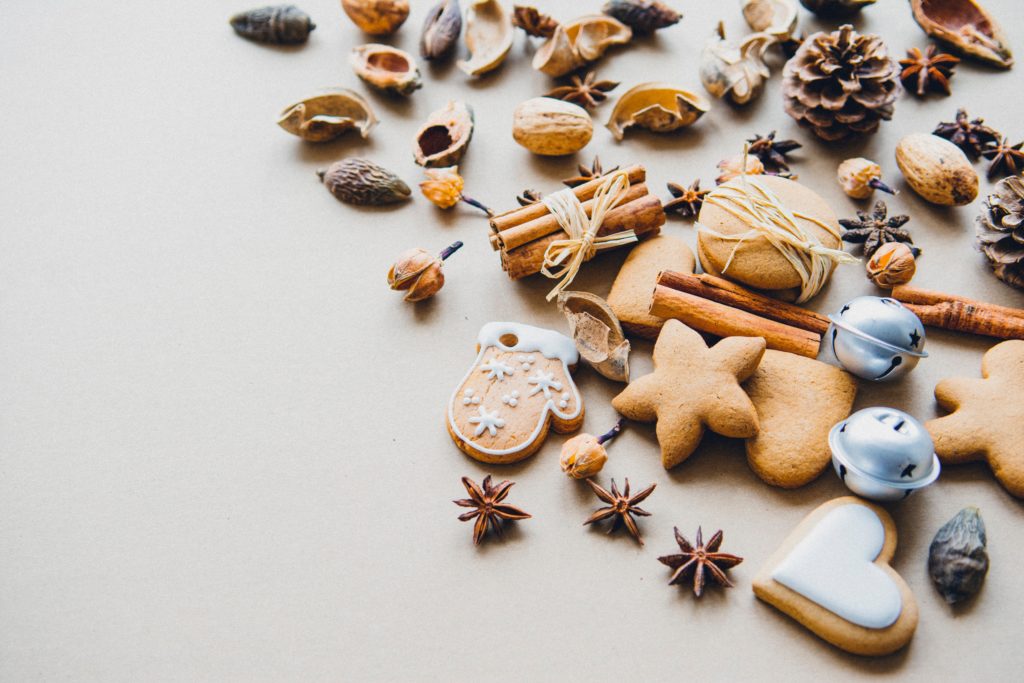
Chai-Spiced Cookies
- 1 cup all-purpose flour
- 1/2 cup granulated sugar
- 1/4 cup powdered sugar
- 1 tablespoon loose chai tea
- 1 teaspoon ground cardamom
- 2 teaspoons ground cinnamon (optional)
- 1 teaspoon salt
- 1 stick (1/2 cup) unsalted butter, but into small cubes
- 1/2 tablespoon vanilla
Place flour, sugar, powdered sugar, chai and salt into a food processor with its blade attachment. Pulse until tea all tea ingredients are pulverized and mixed together.
Add butter and vanilla, and pulse into mixture turns into a dough. Transfer dough to a piece of wax or parchment paper, form into a 9-inch log, wrap paper around log and roll until smooth. Freeze the dough, or refrigerate for at least 30 minutes.
Arrange rack in middle of oven preheated to 350 degrees. Line baking sheet with parchment or baking mat. Remove log from refrigerator or freezer and slice into 1/3-inch thick rounds. Arrange on baking sheet, and bake for 10 to 12 minutes, until edges begin to brown. Cool on baking sheet for five minutes, and then transfer to wire rack.
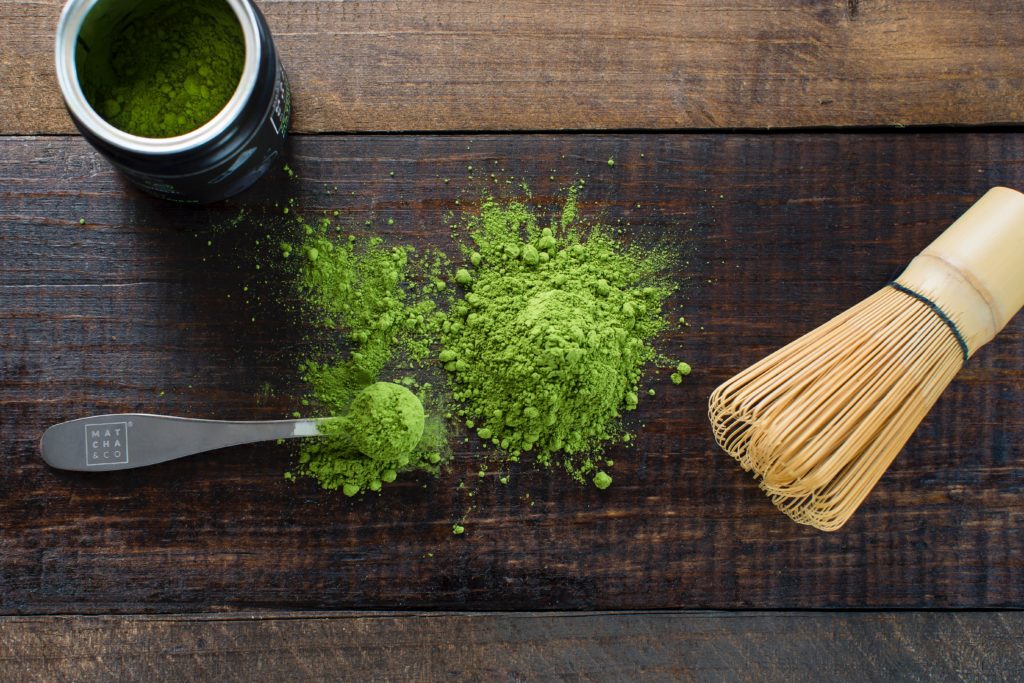
Scones with Matcha and Herbs
- 2 1/4 cups all-purpose flour, plus more for dusting
- 1 tablespoon baking powder
- 2 1/2 tablespoons sugar
- 2 1/2 tablespoons matcha tea powder, sifted
- 1 1/4 teaspoons kosher salt
- 10 tablespoons unsalted butter, cut into small cubes and chilled. In addition, 6 tablespoons at room temperature, for serving
- 1/3 cup finely chopped fresh chives
- 2 tablespoons finely chopped fresh tarragon
- 1 1/4 cups heavy cream
Line baking sheet with parchment paper. Combine flour, sugar, matcha, baking powder and 1 teaspoon salt in large bowl. Whisk until combined. Add chilled butter and use fingers to rub together flour and butter in such a way that it resembles coarse meal. Mix herbs in a small bowl. Remove one tablespoon of the herb mixture and place in a separate small bowl. Combine remaining herbs with flour mixture, tossing until incorporated.
Form well in center of flour mixture. Pour cream into well. Stir with fork until dough just comes together — it should be sticky and damp. Transfer dough to well-floured work surface and pat into 9-by-6 inch rectangle, about 3/4-inch thick, using floured hands. Halve the rectangle of dough lengthwise, but cut crosswise into thirds. You should have six 3-by-3-inch squares. Halve each square diagonally. You now should have 12 triangles. Transfer them to prepared baking sheet and freeze for up to 1 hour.
Add butter, pepper and rest of salt to room temperature butter. Incorporate herbs into butter mixture and set aside.
Preheat oven to 400 degrees.
Dust of excess flour on scones with pastry brush, then use the brush to lacquer tops of scones with cream.
Bake scones until puffed and gold on top, 20 to 25 minutes. Transfer to wire rack and cool for 10 minutes. Serve warm with herb butter on the side.
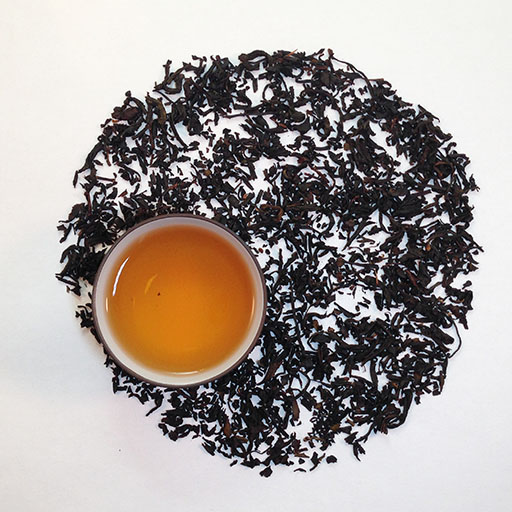
Tea of the Week: Lapsang Souchong
Tea offers a kaleidoscopic range of flavors, everything from fresh-cut grass to chocolate and licorice to peppermint. One of the most famous Chinese teas, Lapsang Souchong, imparts an especially bold flavor: smoke.
Artisans in the mountains in China’s Wuyi region, which is celebrated for high-quality teas, smoke harvested tea leaves in bamboo baskets over pine wood. The preparation infuses the leaves with heady aromas and flavors, all ghosted by the resiny characteristics found in conifers.
Lapsang Souchong developed during the 17th century, during the Qing era. The most prized part of a tea plant is the “pekoe,” or bud. Some of the lesser leaves are known as “souchong.” These leaves are more coarse and less aromatic than the pekoe and its nearest leaves. By infusing the souchong leaves with smoke, however, they gained heaps of aroma and flavor. And thus was born Lapsang Souchong.
The tea has become popular worldwide, for both sipping and cooking. We recommend both. Do brew and sip this wonderful tea. It’s bracing! Due to its bold flavor, it’s an excellent morning tea. But we also find it complements some foods well. We think that with the right dessert, such as apple pie and vanilla ice cream, a cup of Lapsang Souchong is heavenly.
Meanwhile, do try cooking with it as well. You’ll find plenty of recipes online, as well as the recipe for Lapsang Souchong-cured salmon featured here.
Happy Holidays!

